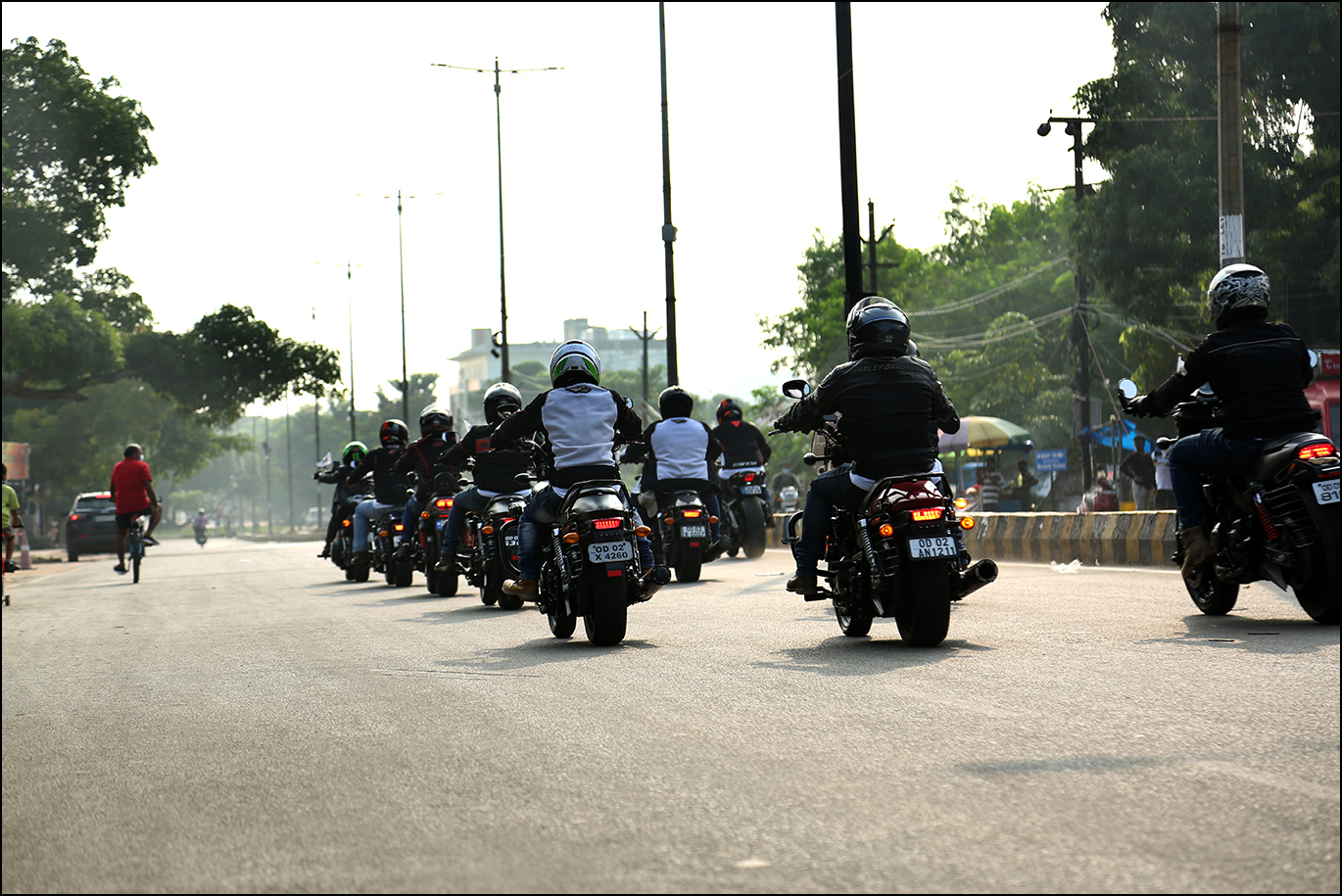
The state of Odisha is known best for its temples and dance forms. But surely, this state has something more to offer. In this three-part series, we embark on a journey with our sister publications, Car India and Bike India, to explore this state and unearth its hidden gems hitherto unknown to many. In this opening part, we cover the southern and southeastern side of Odisha.

World Tourism Day Rally
What better way to start the first leg of our journey than with a celebratory rally on World Tourism Day, 27th of September, organized by Odisha Tourism? This rally, held by the government of Odisha, took us from the state capital Bhubaneshwar to the spectacular Chilika Lake, some 100-odd kilometres away.
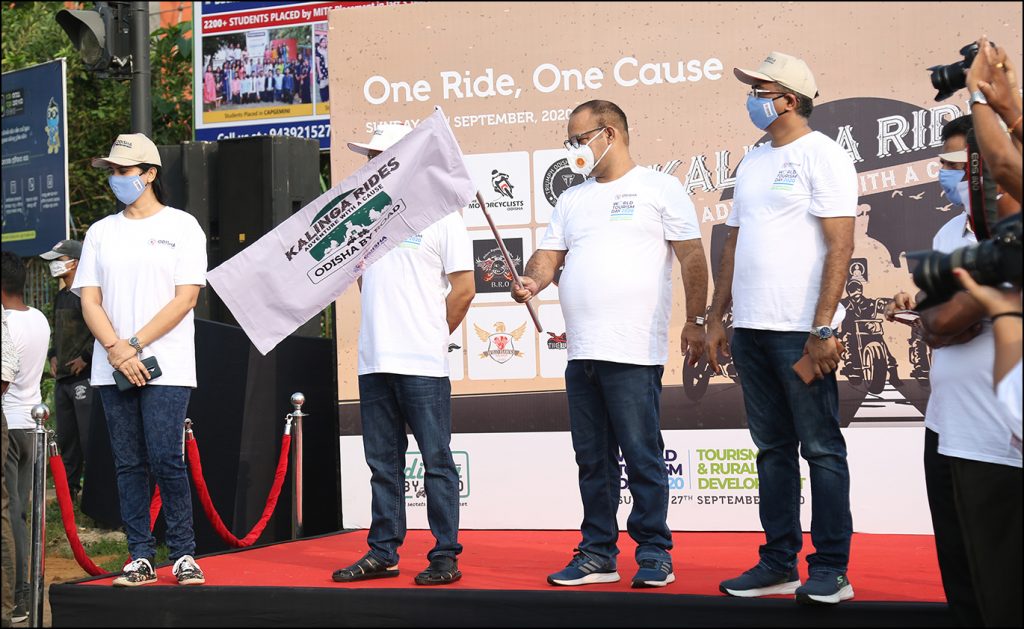
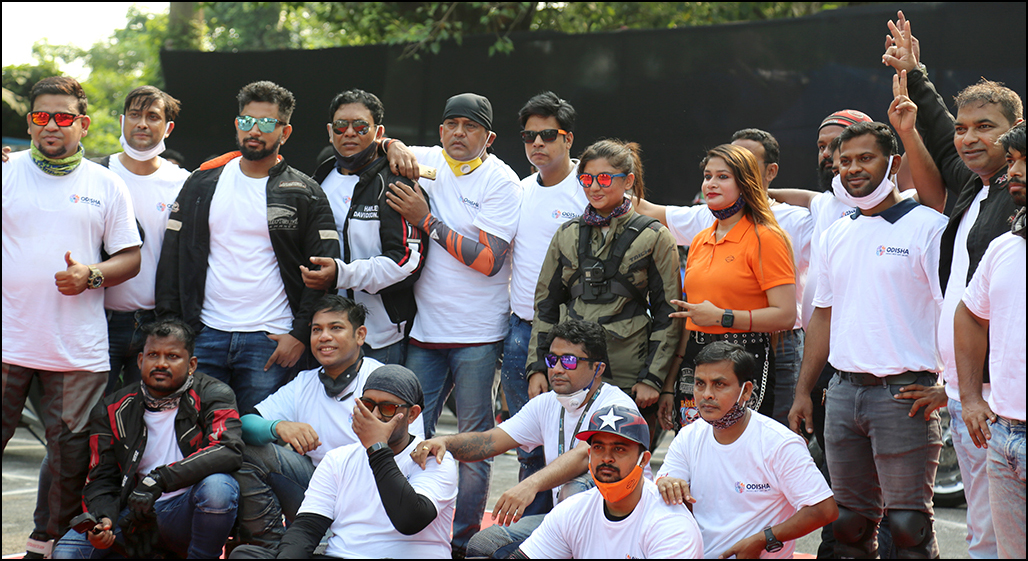 | |
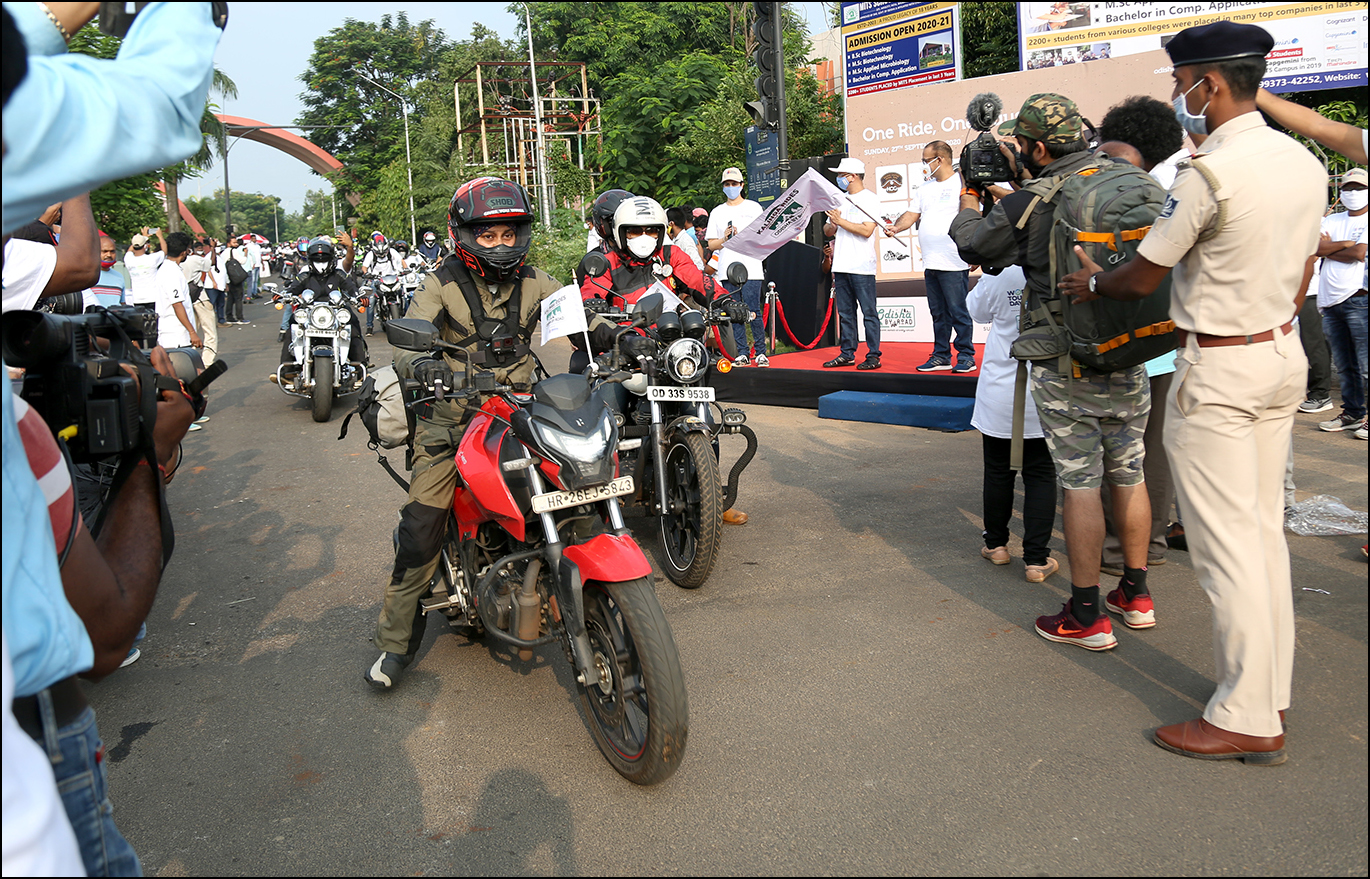 | 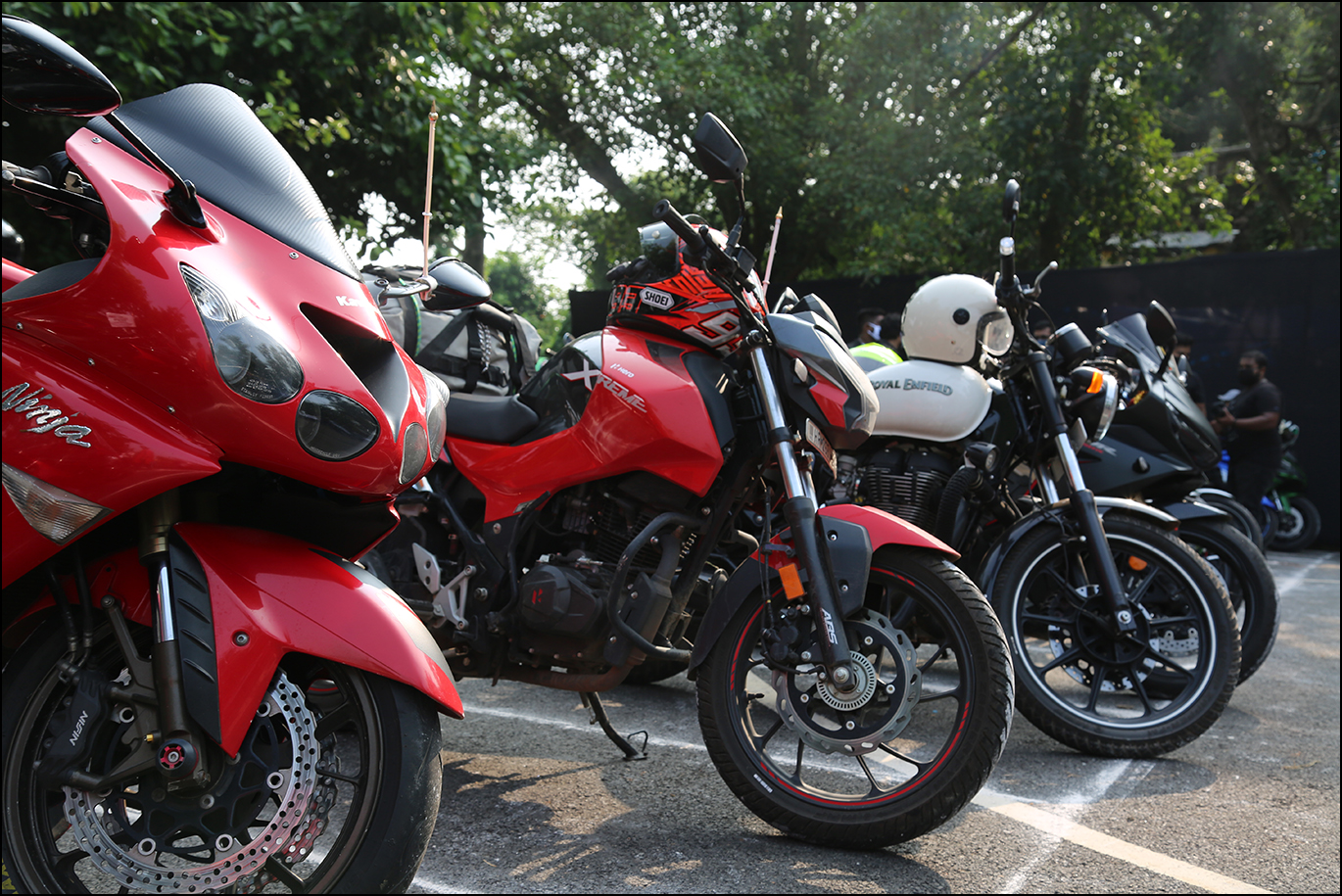 |
Jiranga Monastery
Our first stop was at the storied Jiranga Monastery. Also known as the Padmasambhava Monastery and Thupten Mindrolling Monastery, this is the largest monastic temple in the eastern part of India. It was completed in 2008 and was inaugurated by His Holiness the Dalai Lama in 2010. This monastery is frequented by the Tibetans living in a settlement at Jiranga, one of the six such settlements spread across the country.
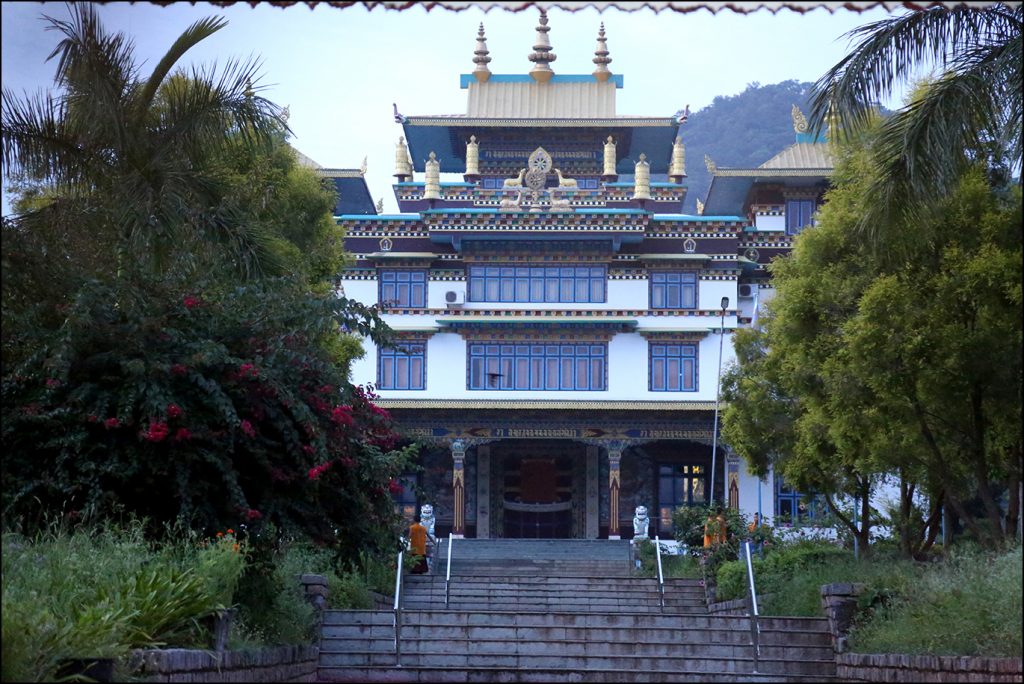
 | 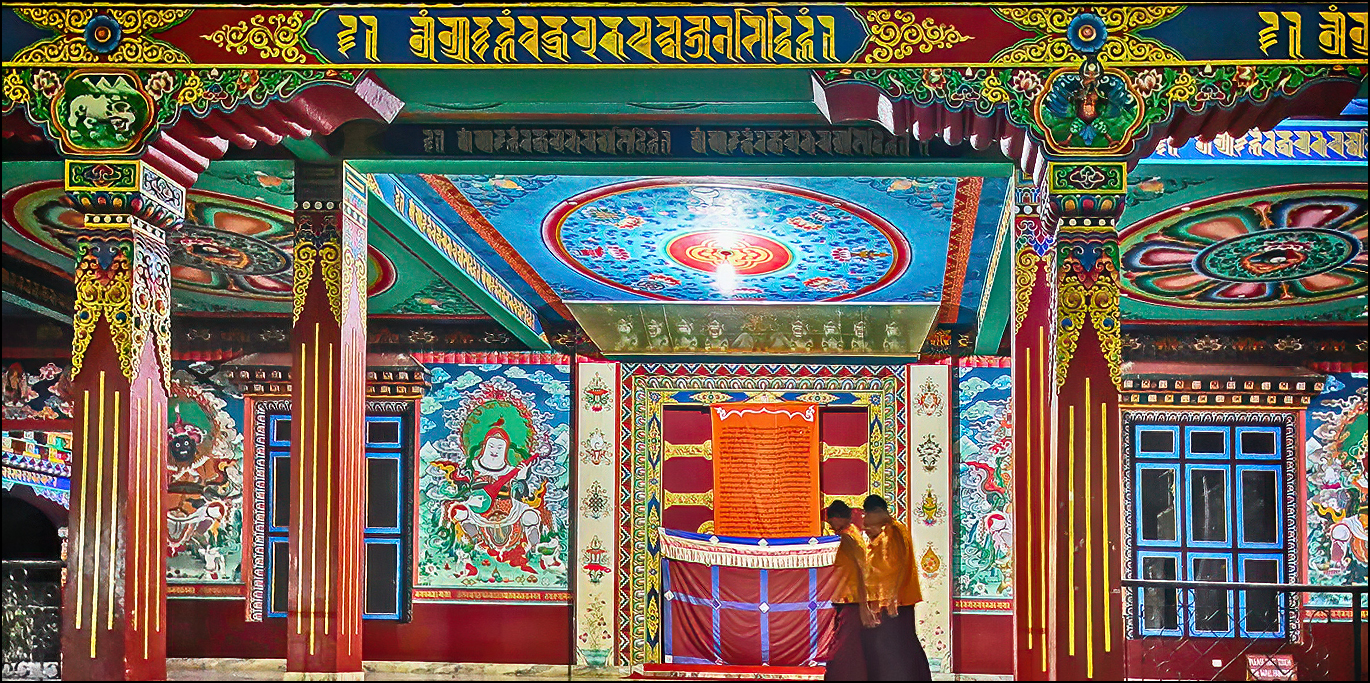 |
Gopalpur Beach
From the monastery, we headed to Gopalpur where we visited the scenic Gopalpur Beach. Just a short walk along a private access path from our OTDC Panthanivas resort and we were suddenly surrounded by glistening sand and crashing waves. The ocean was a clear blue, the beach was pristine and mostly deserted too. Only the odd fisherfolk walked up and down with the morning’s catch. If you are of the sun-meets-sand disposition, Gopalpur has to be on your bucket list.
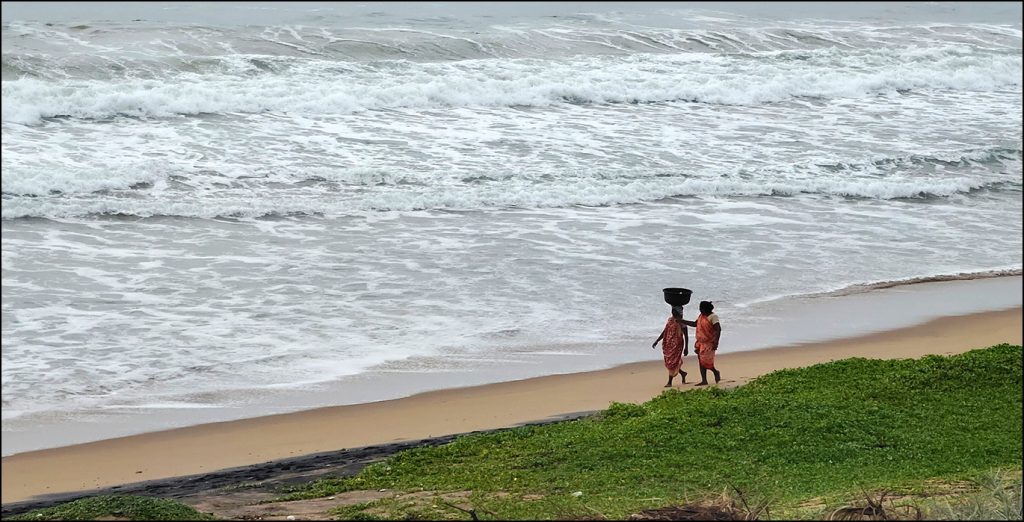
Tussar Silk Weaving
From the beach, we headed towards nearby Behrampur to see what tussar weaving was all about. There’s a whole community of these skilled weavers who use their handlooms to craft gorgeous silk saris, shawls, scarves, dhotis, and more. The process of making tussar silk is known only to this community and it is passed down from one generation to the next.
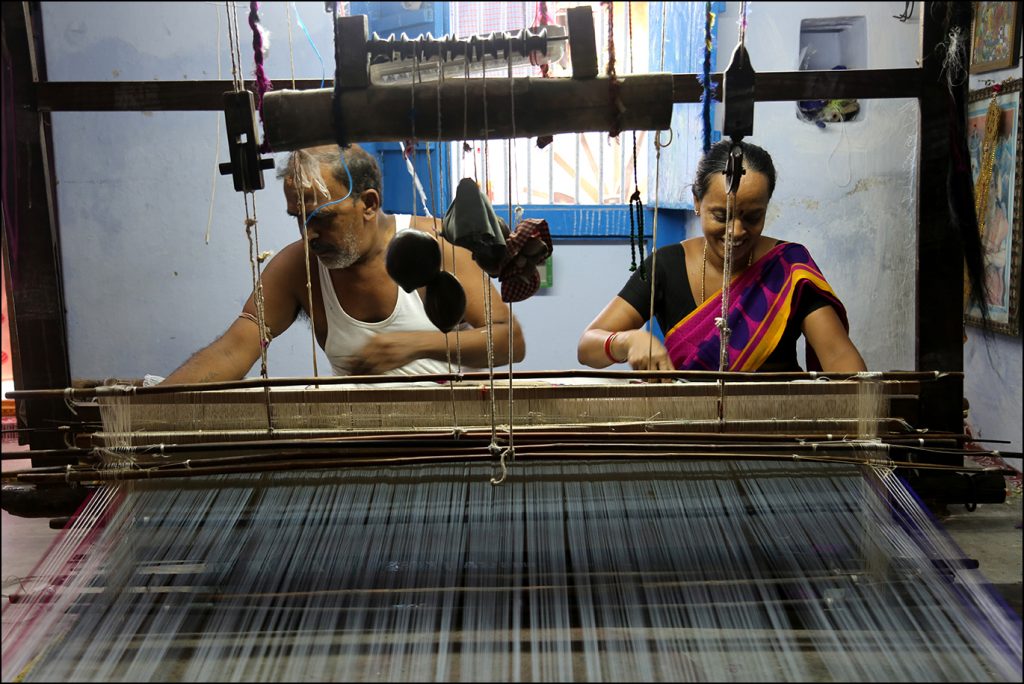
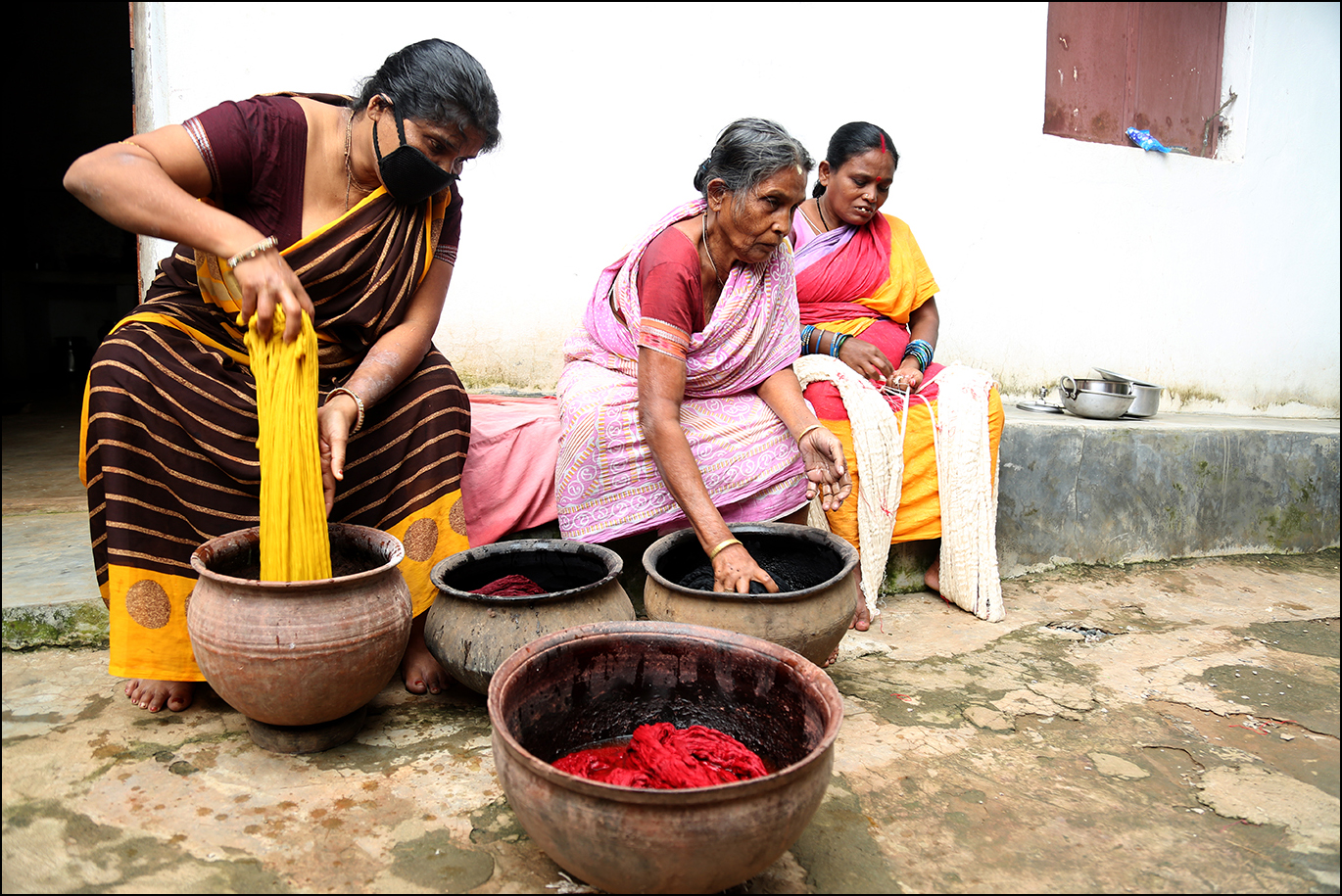 | 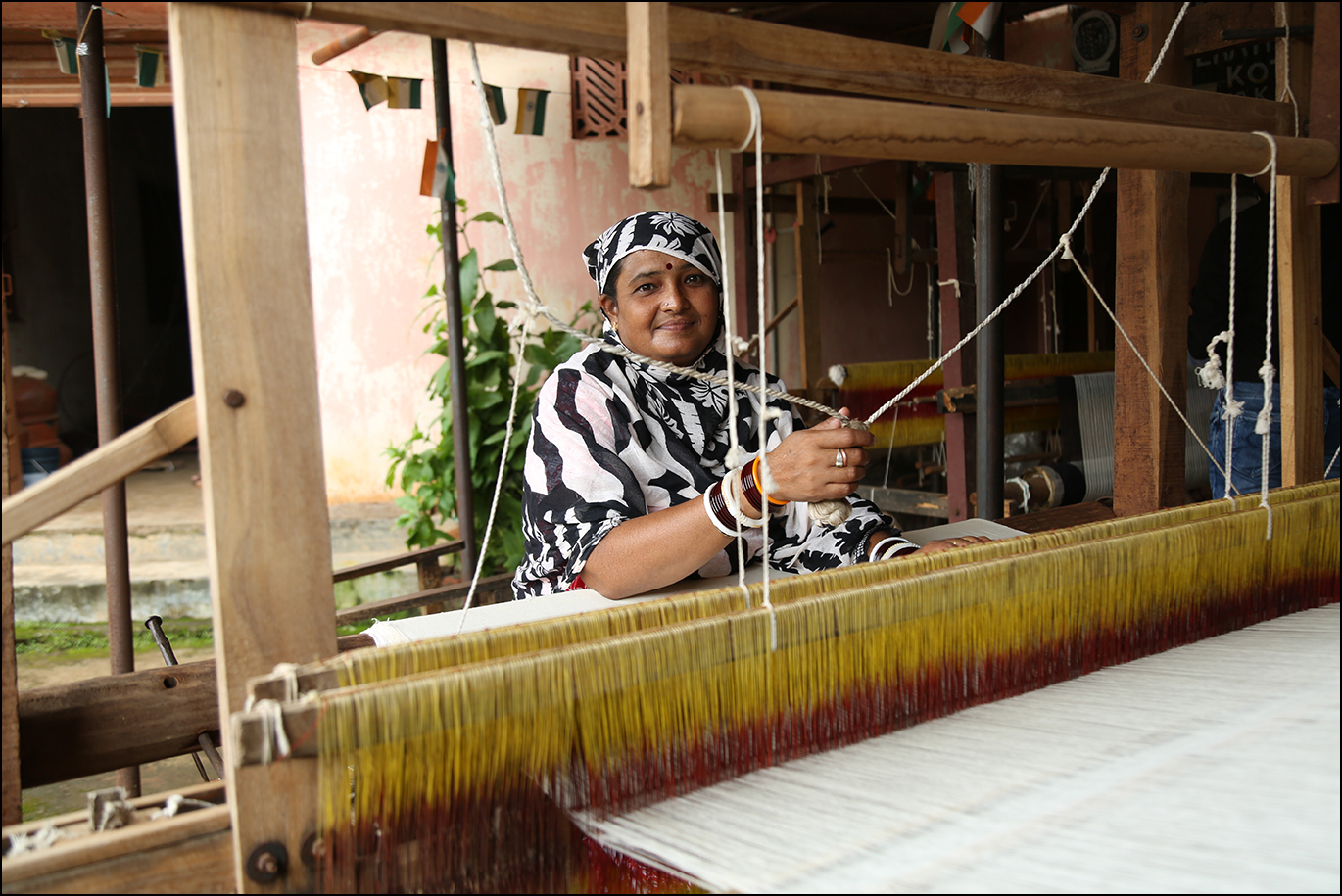 |
 | 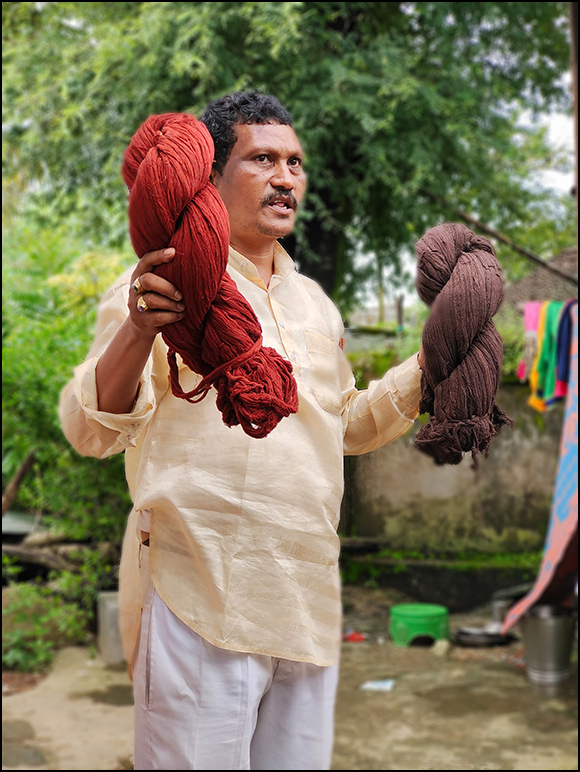 |
Artisans of Koraput
A 300-odd-kilometre trip from Behrampur led us to Koraput. Our first stop was at the home of an artisan who makes figurines from paddy husk and silk thread. Weaving magic with his fingers, he creates motifs of gods, animals, and historical figures. He has made figurines of up to five feet tall and is the only practitioner of this craft in the area. We also witnessed the process of dyeing cloth and threads that are so prolifically used in these native art forms. A completely eco-friendly process with no chemicals involved and the resultant clothing is rich and vibrant in every hue you can think of. We also witnessed a couple of leather workers putting together percussion instruments with care and deliberation.
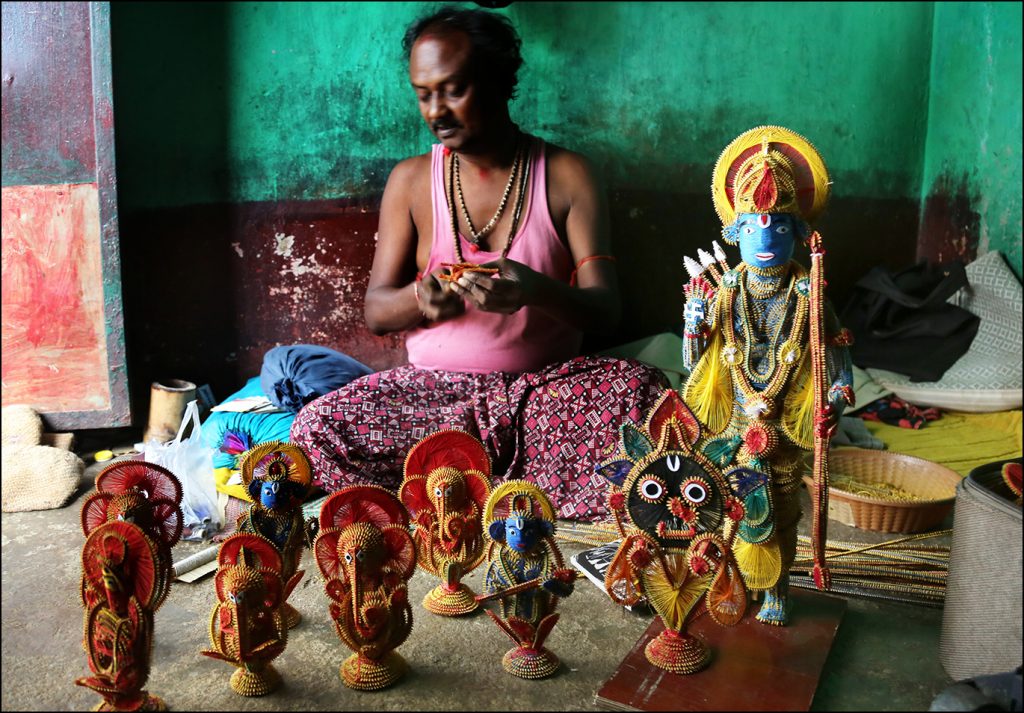
 |  |
Daringbadi Nature Camp
The Daringbadi region is the eco-tourism heartland. The Nature Camp allows you to spend a night cradled in the tranquil environment of the verdant valley topped with a stellar sunrise the next morning. Our exploration of the region took us first to the nearby pinewood forests. The strapping trees with thick trunks were spread out as far as the eye could see and wherever one stepped, one heard the tell-tale crunch of a pine-cone being crushed underfoot. The air was awash with the quintessential pine-tree aroma and the quiet calm of the woods was enhanced by the gurgle of a nearby brook. A quick off-road path just 15-odd kilometres away from Daringbadi town gets you to the Midubanda Waterfall. Take 151 steps down from the parking area and you will be greeted by a cacophony of crashing water. The waterfall is quite impressive, and you get right up close to it ― both at the base where it collects and the point where it starts its descent.
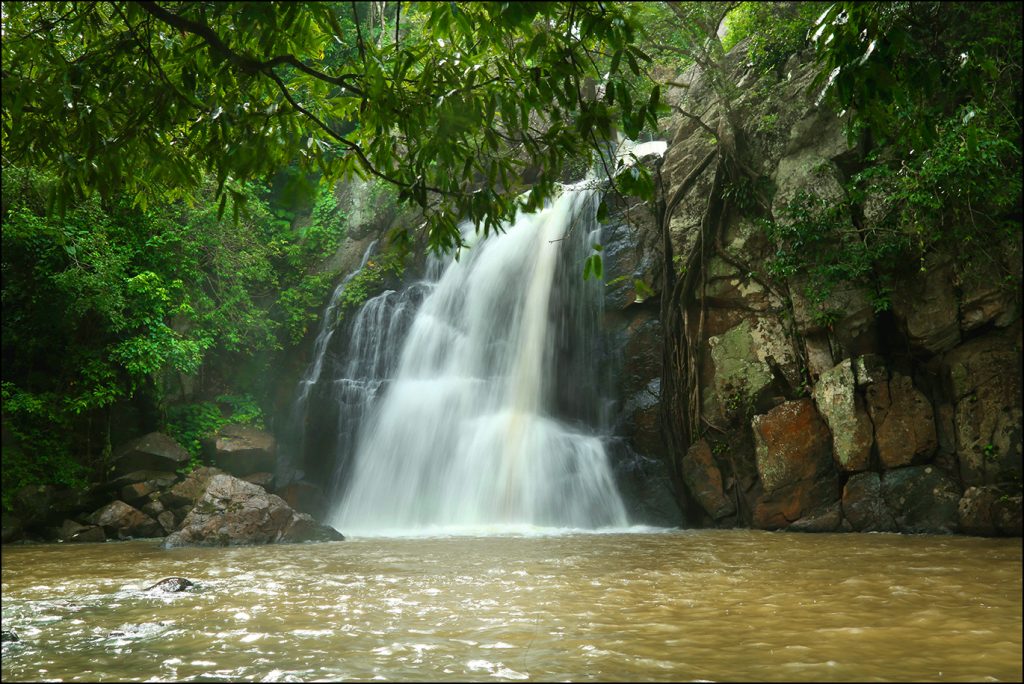
 | 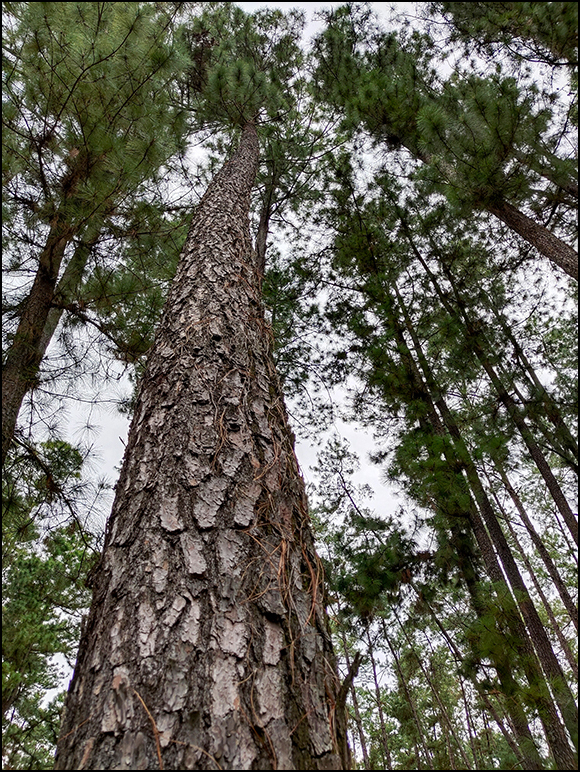 |
Coffee Garden and Surroundings
On the way back from the waterfall, I spotted a sign that said ‘coffee garden’. Apart from the heavenly beverage that is coffee, the plantation also grows pepper, some fruit, and a particularly delightful little chilli pepper that is as small as your toenail but packs an almighty wallop.
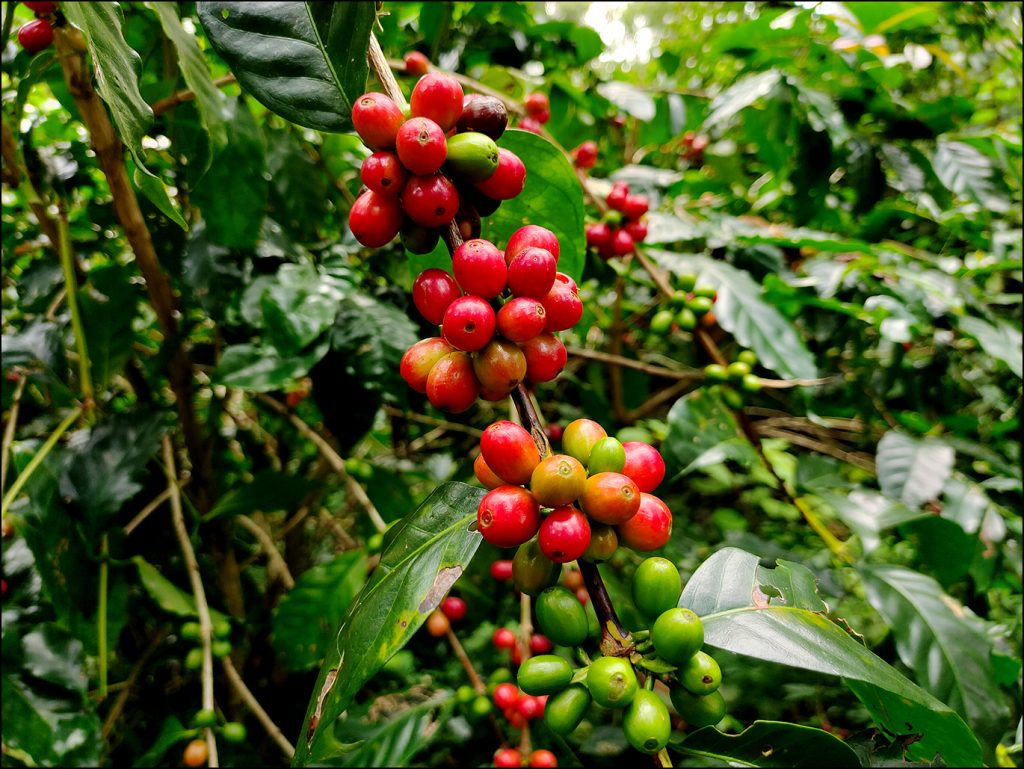
 | 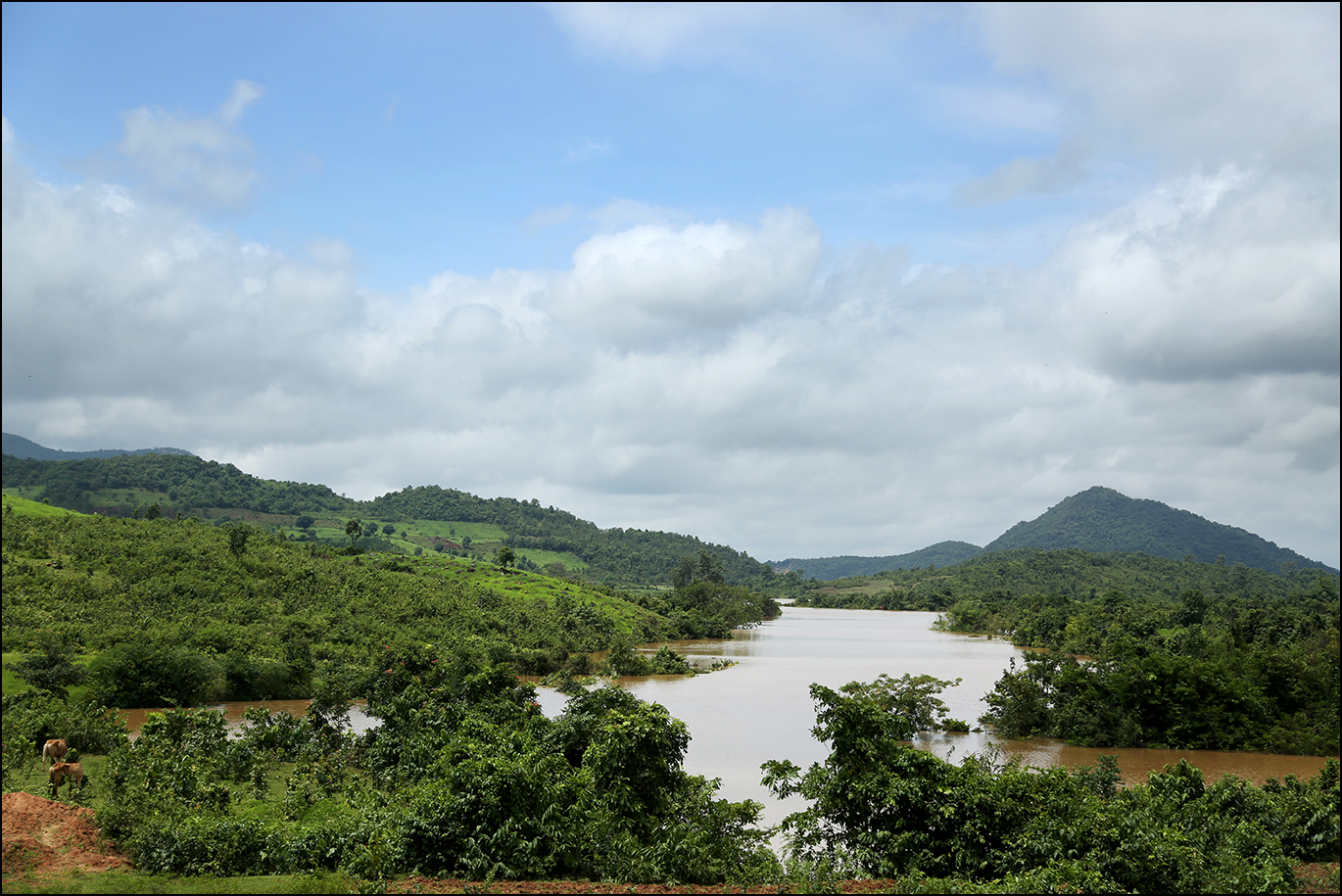 |
Our last stop in Daringbadi ― and on this leg of our journey overall ― was the sunset point. Watching the drama and the all-natural light show as the sun dipped behind the clouds and splattered the sky with hues of yellow, orange, pink, and purple was jaw-dropping and a perfect way to draw the first part of our Odisha adventure to a close. They say that Odisha has a secret at every corner and, from what we have seen so far on this trip, we have absolutely no reason to doubt that.
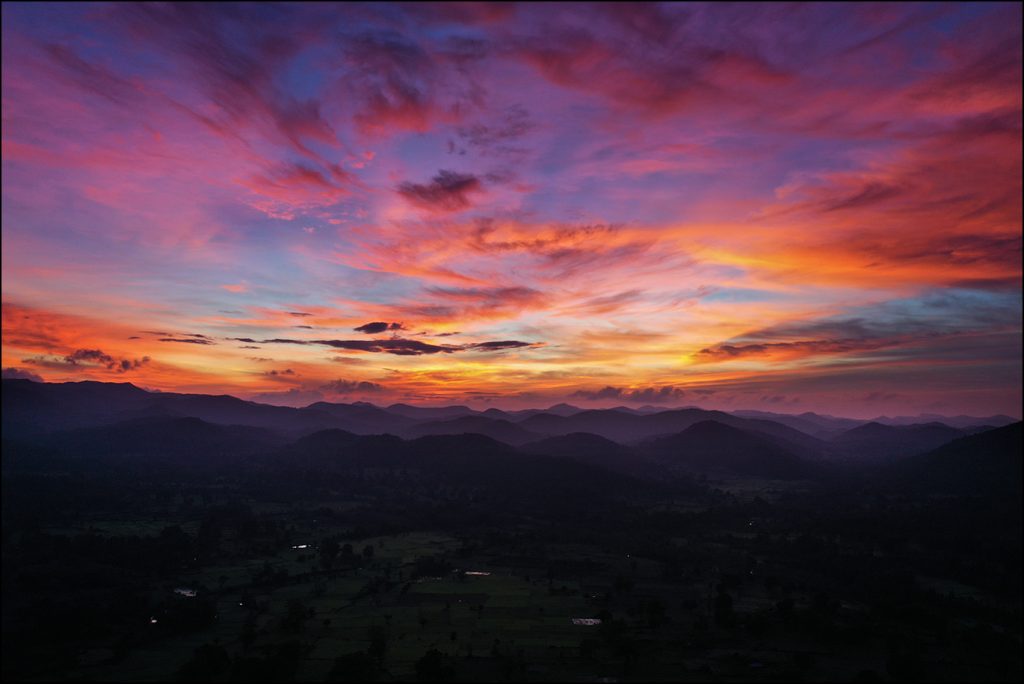
Text: Harket Suchde
Photography: Nitin Suryavanshi & Tally Talwar

